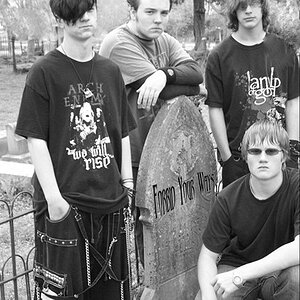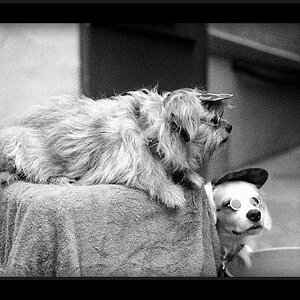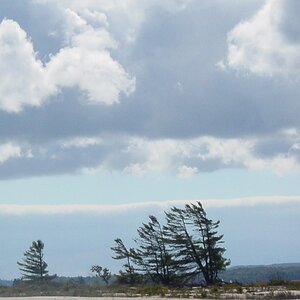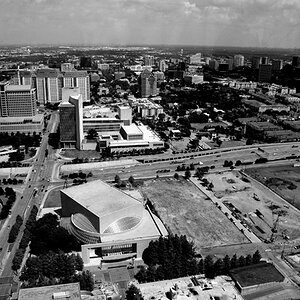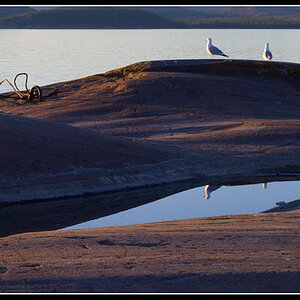seekinglight
TPF Noob!
- Joined
- Nov 14, 2009
- Messages
- 15
- Reaction score
- 1
- Location
- USA
- Can others edit my Photos
- Photos NOT OK to edit
What are you going to be photographing? I own the 70-200mm f4L to photograph Cross Country and Track and Field. Plenty of light outdoors and because I can get close to the action I can still get shallow depth of field.
I would not consider f4 for indoor sports. In indoor sports where I'm often shooting at 1600 ISO and 1/640 sec at f2.0 or even f1.4 I consider f2.8 too slow.
I consider f2.8 to be too slow for indoor sports. If I had a higher ISO camera I would enjoy lower noise ISO 1600 shots, not go to higher ISO with slower lenses to get the same amount of noise. I have considered that the new cameras might make the 70-200 f2.8 more usable for indoor sports.
I would not consider f4 for indoor sports. In indoor sports where I'm often shooting at 1600 ISO and 1/640 sec at f2.0 or even f1.4 I consider f2.8 too slow.
I consider f2.8 to be too slow for indoor sports. If I had a higher ISO camera I would enjoy lower noise ISO 1600 shots, not go to higher ISO with slower lenses to get the same amount of noise. I have considered that the new cameras might make the 70-200 f2.8 more usable for indoor sports.



![[No title]](/data/xfmg/thumbnail/37/37625-7e132688457d56e50320a8c99a79fe38.jpg?1619738154)

![[No title]](/data/xfmg/thumbnail/32/32838-c28b0c47ca2cb319a1f97cc29ed60d61.jpg?1619735681)
